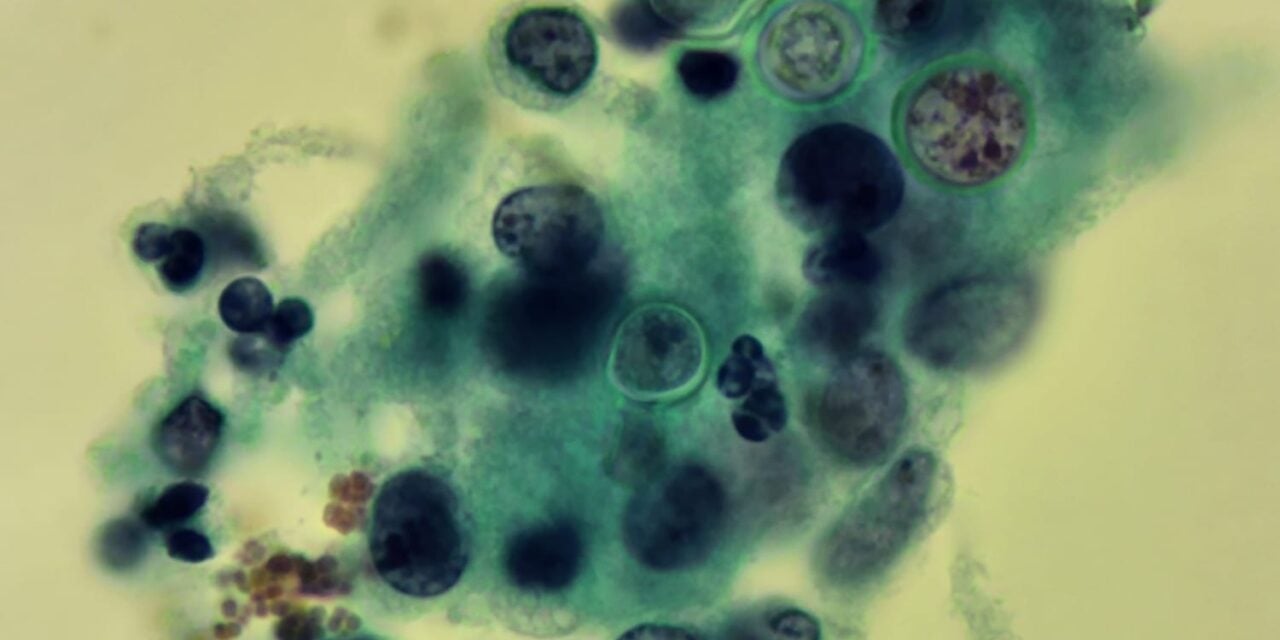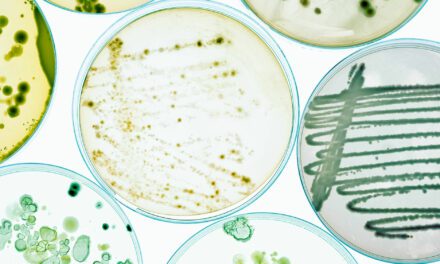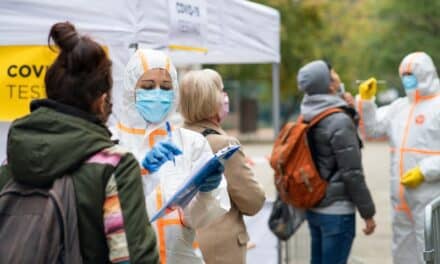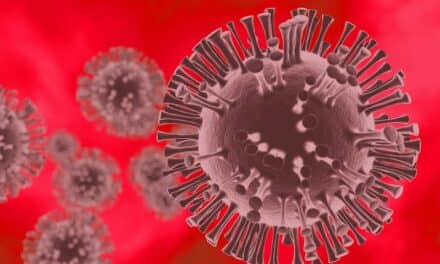The multiplex PCR assay achieved 100% accuracy while reducing turnaround time for histoplasmosis, blastomycosis, and coccidioidomycosis diagnosis.
Researchers at Indiana University Health and the IU School of Medicine have developed a molecular test that can simultaneously detect three serious regional fungal infections with 100% accuracy, potentially allowing patients to begin treatment weeks earlier than current methods allow.
The multiplex real-time PCR test targets histoplasmosis, blastomycosis, and coccidioidomycosis—infections that affect thousands of people annually in specific US regions and are often mistaken for other respiratory illnesses. The work will be presented at the Association for Molecular Pathology 2025 Annual Meeting & Expo, taking place Nov 11–15 in Boston.
Current diagnostic methods rely on fungal culturing, which can take weeks, and antigen or antibody tests that lack specificity or reliability in early disease stages. The new molecular approach bypasses these limitations by detecting the fungi’s genetic material directly from clinical specimens.
“Our assay has the potential to significantly improve turnaround time and diagnostic confidence for infections that have historically been difficult to detect quickly,” says Kenneth Gavina, PhD, director of clinical microbiology at Eskanazi Health in Indianapolis and assistant professor of clinical pathology and laboratory medicine at IU School of Medicine, in a release.
Targeting Unique Genetic Regions
The test targets three genetic regions unique to each fungus: ITS1 for Histoplasma, BAD1 for Blastomyces, and A2/PRA gene for Coccidioides. This approach circumvents the slow culture process that is complicated by the fungi’s ability to switch between environmental and human forms.
When compared to standard laboratory methods, the PCR test identified all tested samples with 100% accuracy and 100% specificity, meaning it did not mistakenly detect other fungi or contaminants.
The workflow eliminates time-consuming DNA extraction steps, potentially reducing both turnaround time and laboratory risk associated with handling live pathogenic fungi. The system runs on platforms already used in many clinical laboratories, making it potentially accessible for widespread adoption.
Addressing Diagnostic Gap
These three fungal infections occur in regions of the US with specific environments and are often tied to soil exposure. They can affect both healthy and immunocompromised people, but proper diagnosis remains slow, delaying treatment initiation.
“Clinicians currently have no FDA-approved molecular tests for these three pathogens, making rapid, reliable detection a pressing need,” says Gavina in a release.
The assay can detect the three major causes of endemic mycoses in the US directly from clinical specimens or serve as definitive identification from fungal culture. Additional clinical validation is currently underway.
Kylee Alexander, a medical laboratory scientist at IU Health, presented the research during a poster session at 9:15 am on Friday, Nov 14, at the Thomas M Menino Convention and Exhibition Center in Boston.
ID 287894760 © CreativeEndeavors | Dreamstime.com





